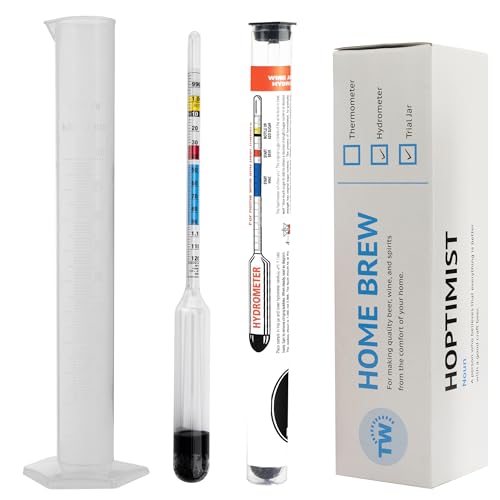A couple of thoughts - and this is just idle conjecture...
@foxy is undoubtedly correct. But I would counter this by suggesting the overwhelming majority of commercial bottled beer is force carbonated, and already carbonated at bottling.
I'll also suggest that the majority of these even today are not hoppy beers that are going to be so sensitive to oxidation.
And as
@JockyBrewer days, homebrewers generally don't have access to commercial bottling equipment.
I can't speak for homebrewers who keg and/or bottle carbonated beer from kegs.
But I don't - all my beer is bottle conditioned and I have no interest in kegging. And for my not-so-hoppy beers (pale lagers, porters, stouts) I have no problem.
I do wonder if the problem is somehow specific to bottle conditioning, and if so, why would that be...
But I can say for sure that as I become more discerning and self-critical I can tell a difference in hoppiness in my hoppy beers (=> hop fade) at just 1 and 2 weeks after bottling.
(N.B. 1 week seems not quite long enough for the beer to fully carbonate - it's drinkable at this point but really needs 2 weeks to carbonate properly).
I'm not talking mega oxidation - I'm not seeing marked colour change or soggy cardboard flavours. But there is a noticeable reduction in intensity of hop aroma and flavour. Which is irritating
It seems sensible to me to at least try some simple measures to further reduce oxygen exposure, if only to rule it out as a cause.
And if it's not caused by oxygen exposure then what is it!
 WOW! That’s a long sentence
WOW! That’s a long sentence
 WOW! That’s a long sentence
WOW! That’s a long sentence








































 when I remove the bottling wand I reduce the headspace by holding the bottle at an angle and pressing the wand at the side of the neck. no spillage and it works for me.
when I remove the bottling wand I reduce the headspace by holding the bottle at an angle and pressing the wand at the side of the neck. no spillage and it works for me.